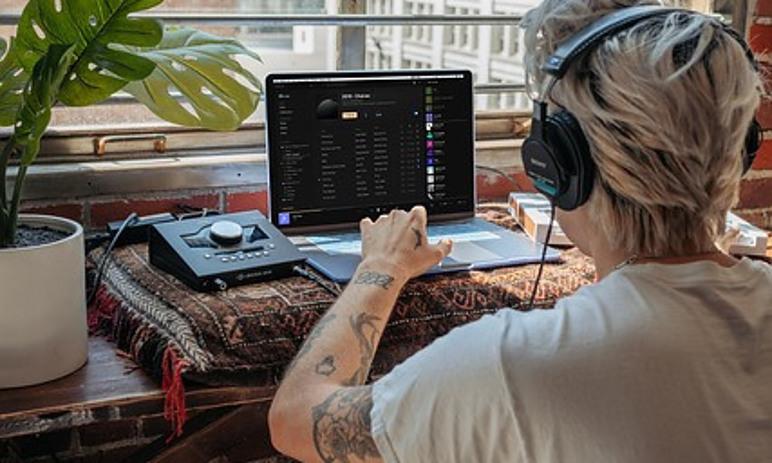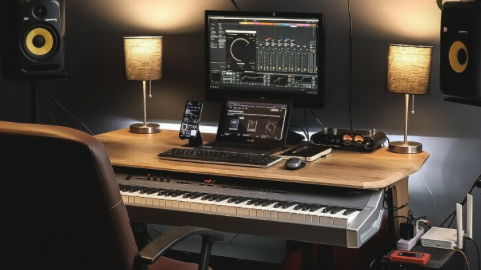Whether you’re in music, sound design, podcasting, or post-production, choosing the best laptop for audio production can make or break your workflow and creativity. The right laptop is your trusty sidekick on the path to sonic perfection.
And then there’s the question …
Table of Contents
Choosing a Laptop: Do you go Windows or Mac?
There are many things to consider when selecting a laptop for your home recording studio. From processing power to storage solutions. Choose the right laptop for you and everything will come together nicely.
Mac vs. Windows for Audio Production: Making the Right Choice
Choosing between Mac and Windows for audio production is a decision that often comes down to personal preferences and specific requirements. Each platform offers distinct advantages and considerations, making it essential to weigh the pros and cons before committing to one.
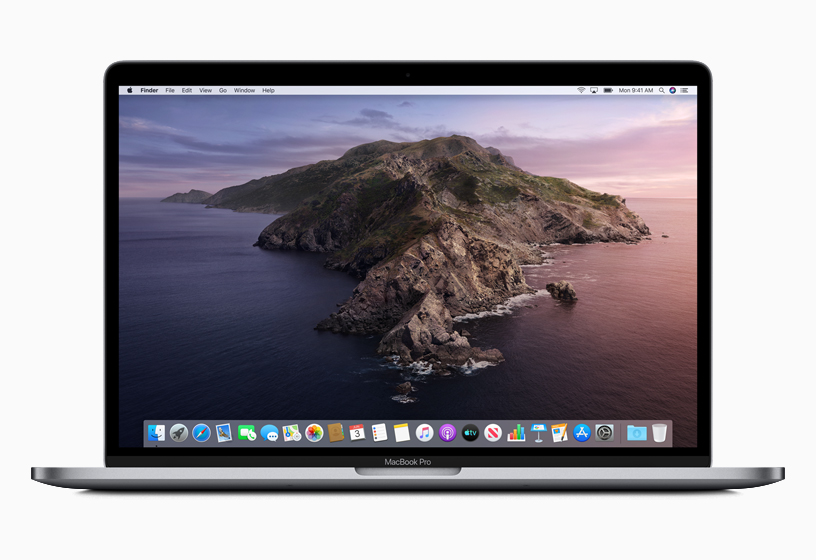
Mac:
- Stability and Optimization: Macs, known for their stability and optimization, have been a favorite among audio professionals for years. The macOS environment is tightly controlled, resulting in a more consistent and reliable performance with audio software.
- Built-In Audio Tools: macOS includes a range of built-in audio tools and software like Logic Pro, GarageBand, and Core Audio, offering powerful options right out of the box for music creation and editing.
- Build Quality: Apple laptops, like the MacBook Pro, are renowned for their build quality, durability, and high-resolution Retina displays, providing an excellent user experience.
Windows:
- Diverse Hardware Options: Windows offers a broader range of hardware options and price points, making it more accessible for users on various budgets. You can find Windows laptops with the processing power needed for audio production without breaking the bank.
- Compatibility: Windows is highly compatible with a wide range of audio production software, including industry standards like Pro Tools and Ableton Live. This flexibility can be advantageous for users who rely on specific tools.
- Customization: Windows laptops offer greater customization potential, allowing users to choose and upgrade hardware components to meet their performance needs, making it a more versatile choice.
In the end, whether you opt for Mac or Windows depends on your personal preferences, your budget, and your familiarity with the platform. Both have their strengths and can excel in audio production, so consider what works best for your specific needs and workflow.
But with a plethora of options spanning a wide range of budgets and capabilities, selecting the ideal laptop can be a daunting task. The world of technology is ever-evolving, with loads of brands, operating systems, and features vying for your attention.
Budget-Friendly Options: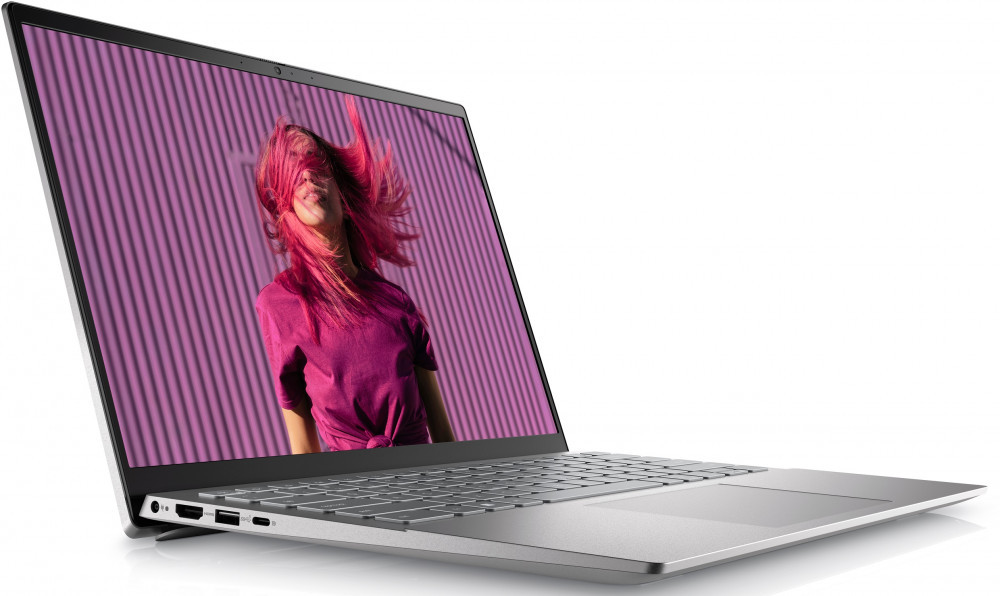
Dell Inspiron 14 (Windows): Prices for budget-friendly laptops like the Dell Inspiron 14 typically range from $400 to $700, depending on the specific configuration and any ongoing promotions or discounts.
Lenovo IdeaPad 5 (Windows): The Lenovo IdeaPad 5 falls within a similar price range, typically ranging from $450 to $800, depending on the configuration and any deals available.
Acer Aspire 5 (Windows): Priced in the range of $400 to $600, the Acer Aspire 5 is a budget-friendly laptop with configurations that can handle basic audio production tasks effectively.
ASUS VivoBook 15 (Windows): The ASUS VivoBook 15 is known for its affordability, typically ranging from $400 to $600, making it a reliable option for those on a tight budget looking for a laptop for audio editing and production.
Mid-Range Options: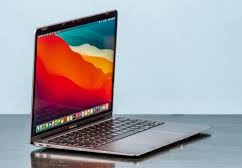
Apple MacBook Air (macOS): The MacBook Air is generally priced between $999 and $1,299 for the base models, and the cost can go higher depending on customizations.
HP Envy x360 (Windows): HP Envy x360 laptops typically range from $700 to $1,200 or more, depending on the configuration and added features.
.MSI Modern 14 (Windows): The MSI Modern 14 series offers mid-range laptops with configurations that usually range from $700 to $1,000. These laptops provide decent processing power, ample RAM, and SSD storage, suitable for various creative tasks, including audio production.
LG Gram 14 (Windows): The LG Gram 14, known for its portability and performance, typically falls in the price range of $900 to $1,300. It’s a versatile option for those seeking a reliable mid-range laptop for audio production.
High-End Options: 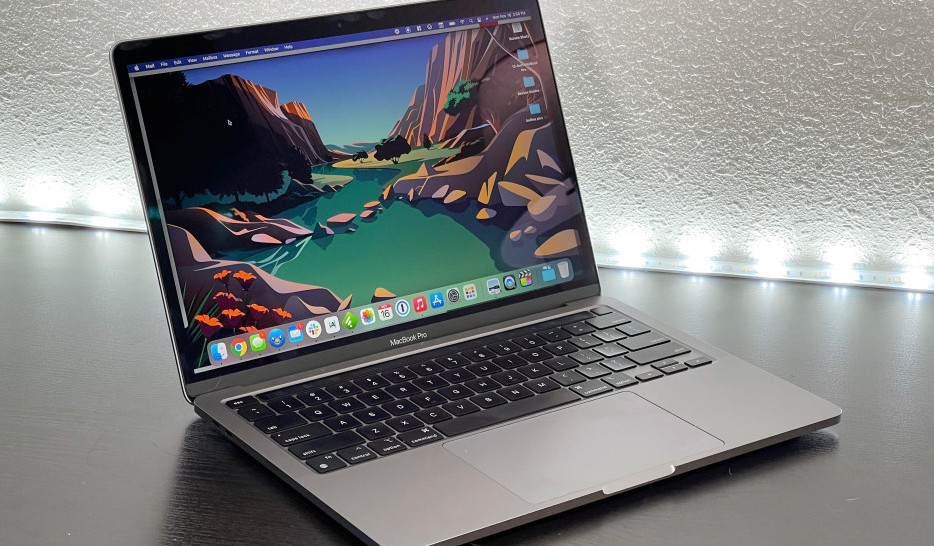
Apple MacBook Pro (macOS): MacBook Pro laptops are high-end, and their prices can start at around $1,299 and go well over $3,000 for the more powerful configurations with larger displays.
Dell XPS 15 (Windows): Dell XPS 15 laptops are considered premium and can be priced anywhere from $1,200 to $2,500 or more, depending on the configuration, display options, and any added features.
Razer Blade 15 (Windows): The Razer Blade 15 is a high-performance gaming laptop, usually priced between $1,500 and $2,500, making it an excellent choice for audio production. It features powerful processors, dedicated graphics, and a high-refresh-rate display for demanding tasks.
Lenovo ThinkPad X1 Carbon (Windows): The Lenovo ThinkPad X1 Carbon is a premium business laptop typically priced between $1,300 and $2,500. It offers impressive build quality and high-end performance, making it ideal for users seeking powerful laptops for audio production.
Making the Choice
For users who need to handle larger projects and extensive audio libraries, it’s important to consider laptops with ample storage and robust processors. Given your recommendation for SSDs and a minimum of 1TB of storage, these laptops should offer the storage capacity needed. Additionally, users can consider external storage solutions or NAS setups for even more storage flexibility.
Remember to emphasize the importance of system requirements and performance, especially when working with software like Pro Tools and Logic, which may have specific hardware needs. Users should choose a laptop that meets or exceeds these requirements for optimal performance.
While portability is essential, having a large screen can be beneficial for audio production, and you’ve rightly pointed out that additional monitors can enhance the workspace. The choice between Windows and macOS ultimately comes down to personal preference, as both platforms offer powerful options for audio production.
Since you don’t have expertise in build quality, you can encourage users to read reviews and consider laptops with durable materials, especially if the laptop will be used in a studio environment. Also, advise users to select a laptop that matches their room or desk space.
Lastly, for those who are considering video editing in addition to audio production, laptops with dedicated graphics cards may be a good option, as it can significantly improve rendering and playback performance. This could be mentioned as an additional consideration.

